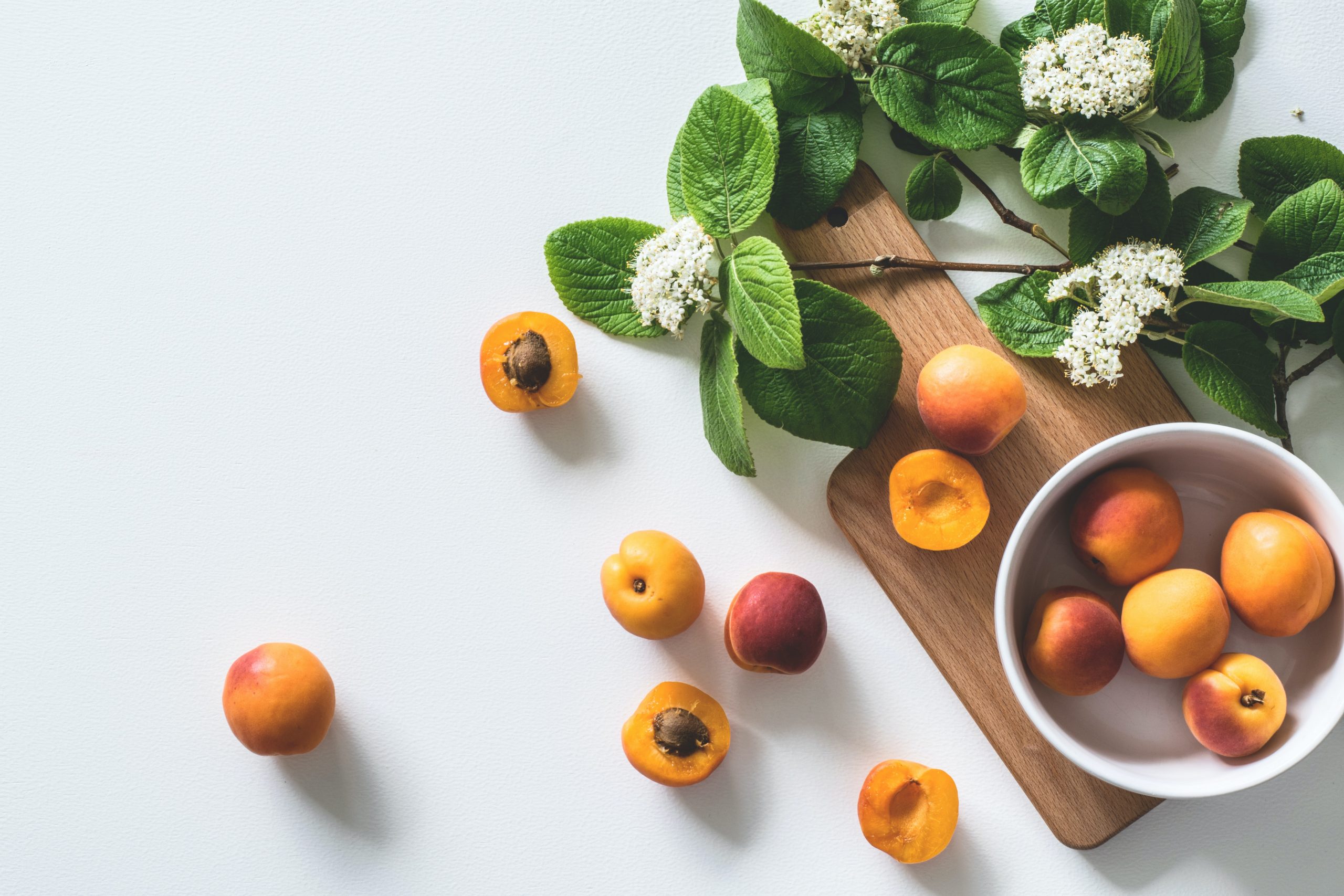Planting
Cling Peaches are deciduous fruits that are produced on trees that bear fruit after three years. When farmers decide to produce Cling Peaches, they purchase the trees from nurseries and plant them during the winter months. Growers usually plant approximately 121 Cling Peach trees per acre in direct sunlight.
Pruning and Training
During the formative years, pruning and training are done every year to develop strong trees and branches. During the first year, diseased, broken and low- hanging limbs are removed, and the first signs of Cling Peaches appear. During the second and third years, the process continues in order to maintain the size and shape of the trees as they mature. By the fifth year, the trees are in full production, yielding approximately 18 tons of Peaches per acre.
Thinning
In years without frost or freeze damage, more Peaches will appear than the tree can support, requiring the trees to be thinned to produce the most acceptable size of fruit possible. Approximately three to four weeks after the bloom, some of the fruit is removed by hand so that the remaining Peaches are spaced to permit proper sizing.
Harvesting
Cling Peach growers begin their harvest season in late June in the San Joaquin Valley and close the season shortly after Labor Day. There are about two dozen major varieties of Cling Peaches. Each has been bred to mature at different times so that not all the fruit will arrive at the canneries at once. During harvest season, processing plants operate 7 days a week, 24 hours a day to insure that the product is canned at the peak of freshness and ripeness.
Inspecting
California Department of Food and Agriculture inspectors check the raw product at the grading station. The government officials’ job is to classify the quality and condition of the raw product. The defects that the inspectors look for are green fruit, brown rot, bruises and/or any other damaged fruit. The officials take notice of the general condition of the raw product based on samples taken from each load a grower delivers.
Pitting
Bins of Peaches are unloaded on a conveyer belt where they are sized and sent into the appropriate pitting machine by the designated rollers. The Peaches are positioned stem down, suture forward in line with the machine knife. Two types of pitters are found at the processing plant: one pitter removes the pit by twisting the Peach halves away from the pit and the other cuts the pit from the cavity of the Peach.
Peeling
The pitted Peaches make their way to the peeling station by traveling in water through the peeler. The Peaches are either sprayed or pass under a series of waterfalls of solution that remove the protective skin from the fruit. A properly peeled Cling Peach is devoid of any peel or remnants. The peeled Cling Peaches move to another conveyer belt performing a shaking action that turns the Peaches cup up where they are inspected for split-pits or pit fragments.
Sizing and Sorting
Throughout the sizing and sorting process cannery inspectors look for and remove blemished Peaches. If poorly peeled fruit is present, it too is removed and may be returned to the peeler. The Peaches move onto the size grader where they are directed onto the conveyer belt, according to Peach size.
Slicing
The Peaches, which are already halved, move into a cup down position for easier maneuvering and then enter machines which are equipped with a number of slicing blades. The fruit is then sliced or diced and moves into a series of slots that measure the amount of fruit required for its designated can.
Filling
Empty cans pass under a line of fruit of sliced, diced or halved Peaches. As the cans pass, the fruit is timed perfectly and falls directly into the can below.
Syruping
All canned Peaches are packed in a natural syrup of one kind or another.
Sealing cooking and cooling
ThePeach-filled cans pass through the seaming machines where they are sealed. A jet of steam is blown across the top of the container, removing the air in the top of the can before the lid is tightened. The product then goes through the heating/cooking process where it is cooked at approximately 190-195 degrees. Cans then cool in a temperature of about 100-110 degrees, which stops the cooking and cools the can.
Labeling
The fruit passes through another inspection center for quality control, and the cans are then labeled with the corresponding nutritional analysis and private label or national brand company name.
The Local Grocer
The canned Peaches are stored in the processors’ warehouse until they make their way to the local grocer where consumers can find great-tasting, canned Peaches.


